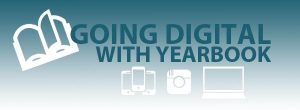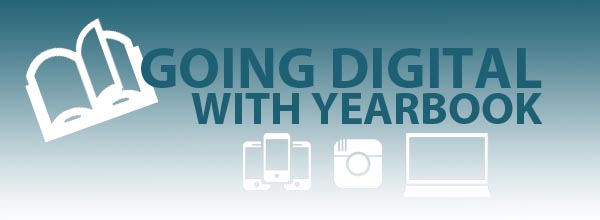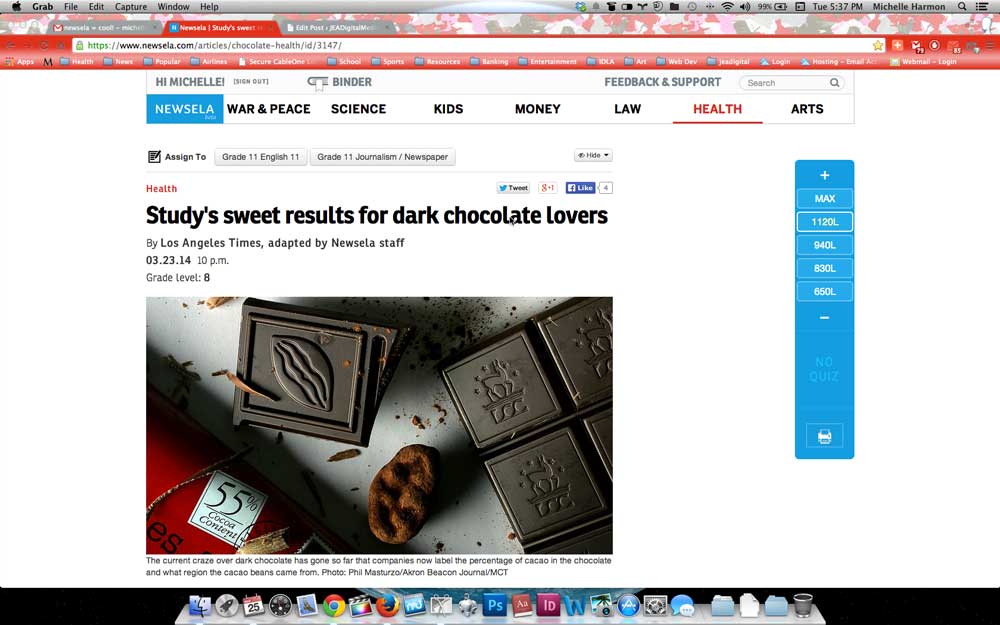The 21st-century yearbook demands embracing digital media
 The digital world of smartphones, social media and widely available Internet access has created an audience expecting instant gratification. Anyone can find, view, listen to or experience virtually any story as it unfolds. The traditional yearbook model, however, relies on a dated fulfillment model. Delivery day yields excitement as students crack the cover of a timeless volume of history and memories, but the nine-month delay while student journalists report the stories of the year and produce them for print simply doesn’t make sense anymore unless paired with other delivery methods.
The digital world of smartphones, social media and widely available Internet access has created an audience expecting instant gratification. Anyone can find, view, listen to or experience virtually any story as it unfolds. The traditional yearbook model, however, relies on a dated fulfillment model. Delivery day yields excitement as students crack the cover of a timeless volume of history and memories, but the nine-month delay while student journalists report the stories of the year and produce them for print simply doesn’t make sense anymore unless paired with other delivery methods.
Fortunately, the same changes that made readers more demanding have expanded the possibilities for student journalists as they gather information, collaborate, release content and establish lines of communication, both internally and with their audience.
The key, as with many aspects of scholastic journalism, is a willingness to embrace the tools and techniques available. That’s where the JEA Digital Media Committee can help.
During a six-month period, the committee conducted a series of surveys to gather information about how yearbook journalism programs embrace such tools and what aspects of a digital media guide for yearbook would be most helpful.
The survey revealed these key findings:
- Advisers of multiple media programs often treat yearbook differently. Their programs do not utilize Web tools and multimedia options the same way they do for newspaper/newsmagazine.
- Respondents see value in using social media within a yearbook program but have questions about how to use it beyond marketing and promotion.
- Forty-two percent of respondents said their program is “behind” when it comes to using digital tools for yearbook reporting, production and content delivery.
The new Digital Media Guide to Yearbook will address these challenges. No two programs are alike, and plenty of limitations exist — from budget considerations, program size and available equipment to level of administrative support — but, all yearbook programs can benefit from incorporating digital tools for 21st-century learning. Expected to launch in early 2014, the guide will include sections on:
- Reporting in 2014
- Online organization, productivity tools
- Multimedia expansion
- Video expansion
- Delivery methods
In the meantime, if there are topics you’d like to see addressed that aren’t included, or have suggestions for the guide, please contact us at info@JEADigitalMedia.org.




